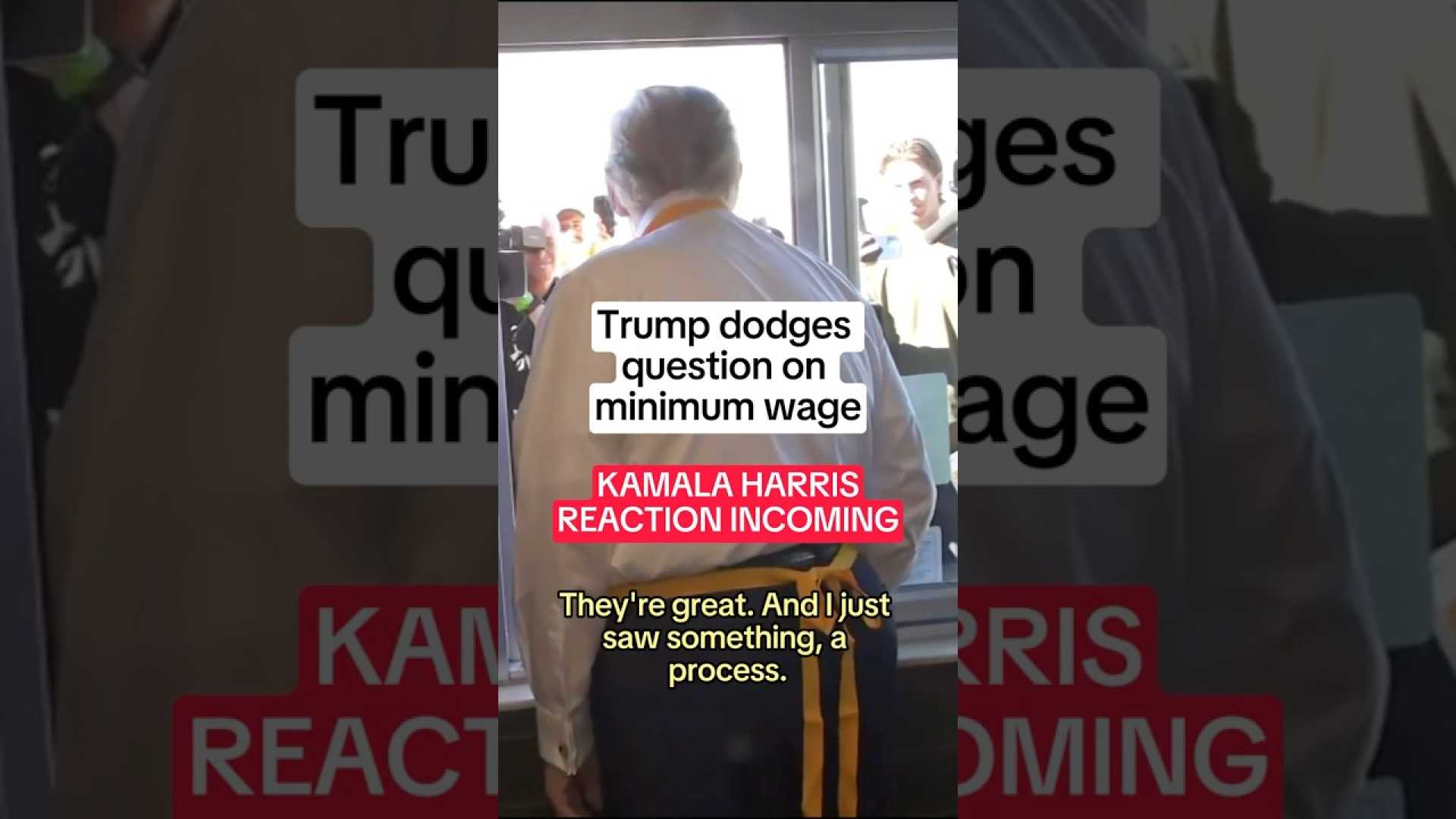Politics
Fact-Check: Trump Did Not Raise Minimum Wage to $25 an Hour

MEMPHIS, Tenn. — A viral video making false claims about President Donald Trump raising the federal minimum wage to $25 an hour is misleading. The video, which has circulated on social media, features a woman’s voice stating, “President Trump has just signed a groundbreaking law that will change the lives of millions. Starting the 15th of April, in a completely unexpected move, Trump approved the largest minimum wage in U.S. history.” However, according to the Trump Administration, no such law or executive order has been enacted.
Since it was last increased in 2009, the federal minimum wage has remained at $7.25 an hour. While some states have opted for higher rates, there have been no documented efforts by Trump to raise this national standard during his presidency. The assertion in the video that, “No American worker will be allowed to earn less than $25 an hour” is false, as the federal minimum wage continues to be far lower.
Despite hints at wanting to increase the minimum wage in 2024, Trump has taken no substantial action towards this end. His Treasury Secretary has explicitly stated there are no plans to raise the federal minimum wage. The current landscape shows that while 34 states, territories, and districts have established minimum wages above the federal level, any raise initiated by Trump appears to be entirely fictional.
For example, Tennessee, where the minimum wage is currently $7.25, attempted to pass a bill in 2024 to raise it to $13. However, the proposal did not advance. In previous years, similar measures aimed at increasing the wage to $15 by 2026 also failed to gain traction.
Compounding the issue, on March 14, Trump reversed a Biden executive order that aimed to increase the minimum wage for federal contractors to $17.75 per hour starting January 1, 2025. In doing so, he potentially jeopardized higher wages for hundreds of thousands of private sector workers who have contracts with federal agencies.
Additionally, an initiative proposed by Rep. Mark Takano, D-California, seeks to reduce the standard workweek from 40 to 32 hours under federal law, thereby making room for overtime pay for any work exceeding those hours. However, while such legislation has gained attention, there are currently no formal plans from Trump to implement a shorter workweek.
Political dynamics surrounding wage regulation further complicate matters. Trump’s administration recently announced it would no longer enforce wage increases for federal contractors tied to national security missions, underscoring shifts in federal worker compensation policies.
When questioned about his commitment to raising the minimum wage, former Treasury Secretary designee Scott Bessent emphasized that wage issues fall primarily within state jurisdiction, drawing a direct line between legislative responsibility and authority. This stance reflects a broader reluctance from the Trump administration to initiate wage reforms at the federal level.
In states like Florida, the path toward a livable wage is more nuanced. While current rates stand at $13 for non-tipped workers, there are provisions in place to incrementally raise the state minimum wage to $15 by 2026, in response to voter-approved amendments to the state constitution.
Despite these ongoing discussions, the situation remains convoluted, with critics warning against the misuse of proposals labeled as “apprenticeships” or “internships.” Such labels could potentially undercut wages by allowing companies to pay less than the established minimum for entry-level jobs. Supporters of the proposed reforms argue that these opportunities are vital for young workers seeking experience.
For now, the video claims of an immediate increase to $25 hourly are unfounded and reflect a misunderstanding of current wage levels and proposals in play. As consumers and voters discuss the future of minimum wage laws, it remains crucial to verify information circulating online.












